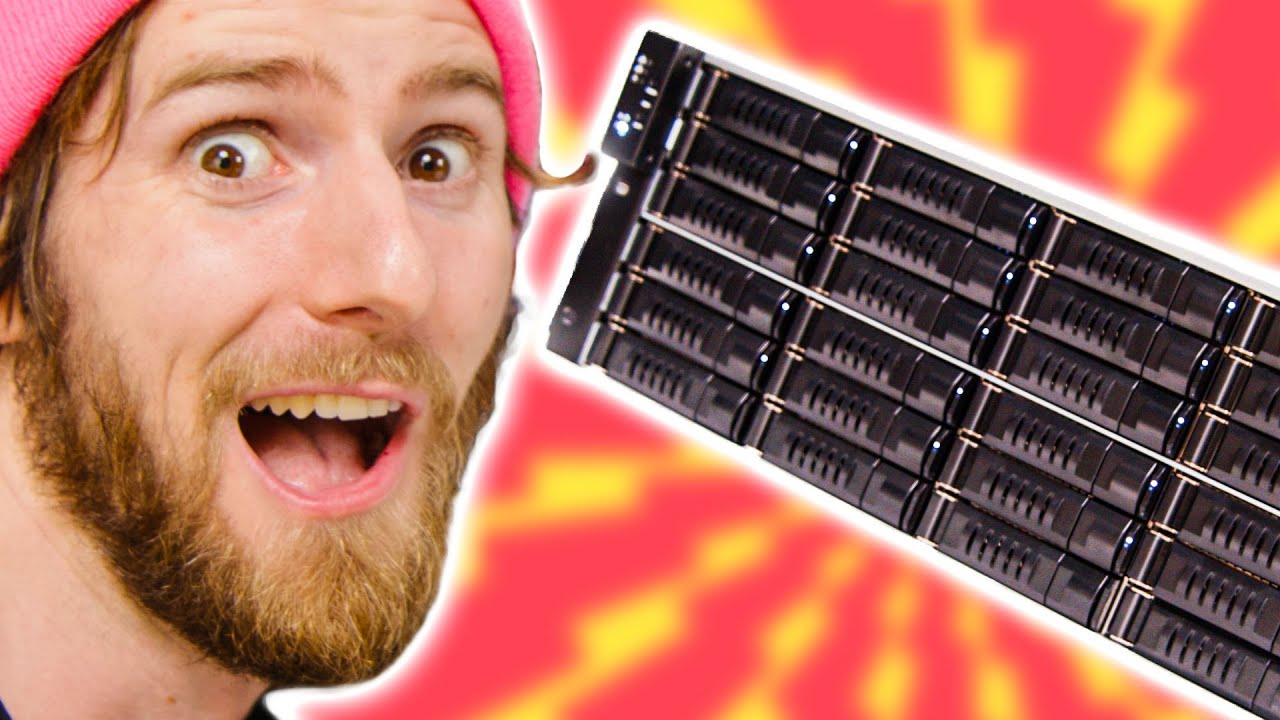Hey guys! ![]()
First of all, thank you very much for all the good information and help here. With this I built my first Unraid server 4 years ago. At that time it should be used as a video editing NAS, Plex Server and for other applications. That has now changed. Shortly afterwards I founded a small video production company and we had 3 editors using it at as a NAS only. (RIP my Plex Libary ![]() )
)
Upgrading to 10Gbe Nics + Switch helped a lot and everything worked surprisingly fine. But with higher bitrate and resoltion footage + adding a 4th editor, I think we hit the limits of Unraid, mainly because of a missing read cache. With high bitrate footage, we now get poor performance while editing. All Editors using Adobe Premiere Pro.
So I looked back into FreeNas / TrueNas and OpenZFS, read a lot of forum posts, watched videos and tried to do my resarch. L1T, LTT, 45Drives … found greate information everywhere but I am now a bit overwhelmed and would ask for your opinion. What was your experience with ZFS? What is important for video editing?
Briefly to me. I feel more at home using a GUI. Have already built many PCs, exited for enterprise stuff but not many practical experience with it. The new server should co-exist to the currently used Unraid Server.
I came up with the following system
Mainboard: Supermicro X11SPI-TF
CPU: Intel Xeon Silver Prozessor 4208
RAM: 96 GB (6x16GB) DDR4 2400 ECC REG
FAN: Noctua NH-U14S
CSE: Inter-Tech IPC 4U-4410
PSU: 800W (have one lying around)
2000GB Patriot Viper VPN100 M.2 2280 PCIe 3.0 x4 NVMe 1.3 3D-NAND TLC
5 x 10Tb Toshiba Enterprise Capacity MG06ACA10TE 256MB SATA 6Gb/s
My plan was to use the NVMe as L2ARC and create one vdev RaidZ-1, giving me around 38Tb of usable storage. With the option to add a second vdev with another 5 drives in the future.
This configuration costs approximately $ 3850 (3200€ in Germany).
Am I missing something? Would you recommend something different from your experience?
Is it worth to use 32GB Ram Sticks and double the RAM to 192GB?
Thank you for all your input and would be happy to share my new server, the construction process, the performance test and my experiences with you ![]()




